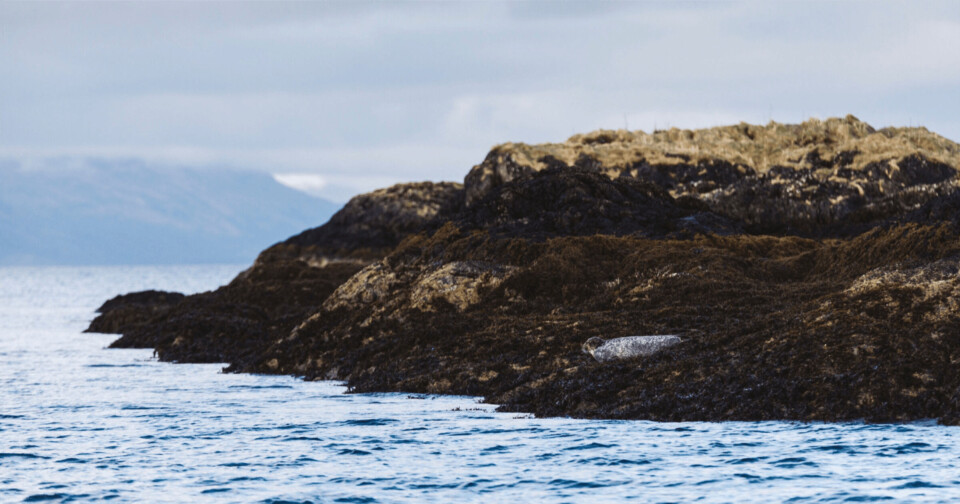
Protective nets reduce Scottish Sea Farms seal cull
Salmon producer Scottish Sea Farms has credited a £4.2 million investment in seal-proof nets for a reduction in the number of seals shot in 2018.
SSF culled 11 seals under licence at nine farms to protect salmon stocks during the reporting period February 1, 2018 to January 31, 2019 – fewer than the 16 killed in 2017 and 17 shot in 2016.
At the company’s seven farms in Orkney, where the protective Sapphire Seal Pro nets were first trialled in 2016, there have been no seal culls in almost three years.
Seal challenge
The nets are made by Indian company Garware Technical Fibres Ltd and supplied by Kilbirnie distributor W&J Knox. They have been installed at 21 of SSF’s 45 farms, with plans for a further nine farms – specifically those facing a seal challenge – to be equipped in 2019 and 2020 at the start of each new crop cycle.
SSF’s head of fish health, Ralph Bickerdike, said: “Our priority has been to install Seal Pro nets at those farms with a historic seal challenge.
“The speed with which we can do this, however, is dictated in large part by nature as there are limited opportunities in the growing cycle where we can install the new nets without risking stress to our salmon. The ideal time is ahead of each new crop.”
Every farm protected
With pressure on food sources growing as the West of Scotland’s seal population continues to increase, SSF intends to eventually install the netting at all of its 45 farms.
“On occasion, we have installed Seal Pro netting at one farm only to see seals relocate to another farm where there had been no prior seal challenge,” said Bickerdike.
“This, we believe, accounted for five of the 11 seals culled in the last reporting period and is further reason why we will continue to roll-out the new netting until each and every farm is protected.”
Across the Scottish salmon farming sector, the adoption of protective netting and acoustic devices to scare seals away from cages has contributed to an 81% drop in the number of seals culled since 2011. The industry’s ambition is that no seals will need to be shot.
No copper required
As well as protecting salmon, SSF says the Seal Pro netting also has environmental benefits. Unlike traditional nylon nets which are treated with a copper-based anti-foulant to protect against marine growth, Seal Pro nets require no such treatment.
Made from high-density polyethylene, they have a stronger frame that can withstand regular in-situ cleaning and a smoother surface that is harder for marine organisms to adhere to and is also easier to clean.
SSF managing director Jim Gallagher said: “It has been a long-standing goal of ours to use zero copper on our nets, taking us beyond SEPA compliance, and the continued roll-out of Seal Pro netting takes us a step closer to achieving that goal.
“We’ve also invested significantly in new technology that means each Seal Pro net can be cleaned in just over an hour, ensuring a pristine growing environment for our salmon.”






















































